Water Voles
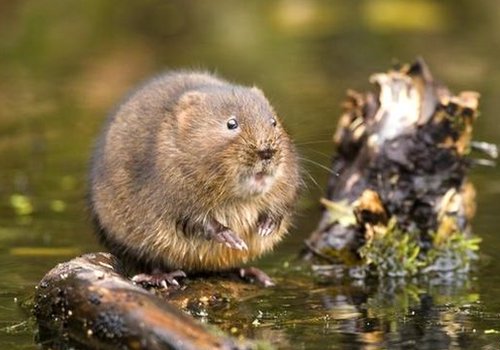
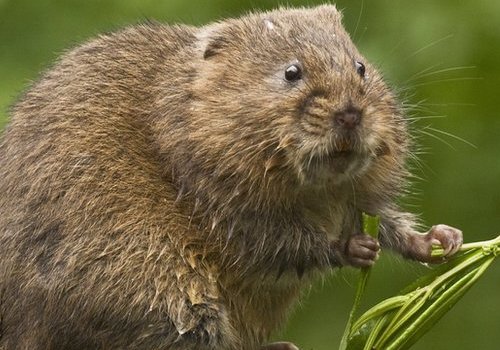
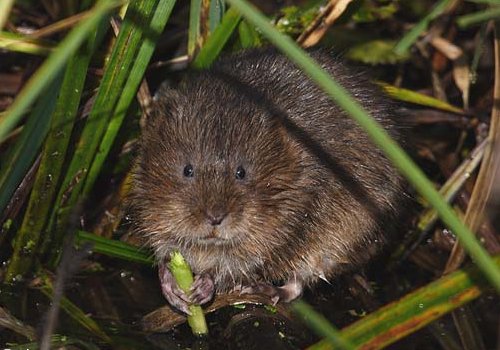
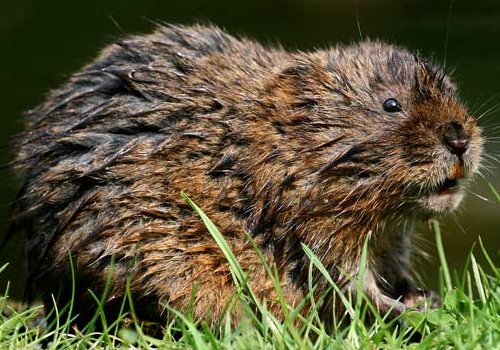
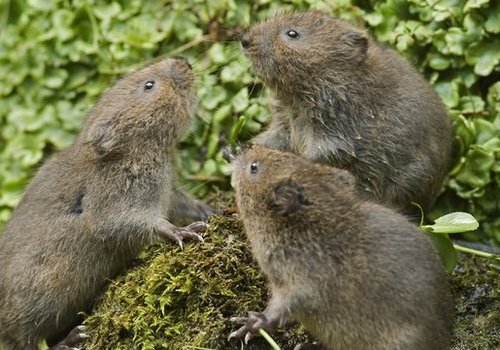
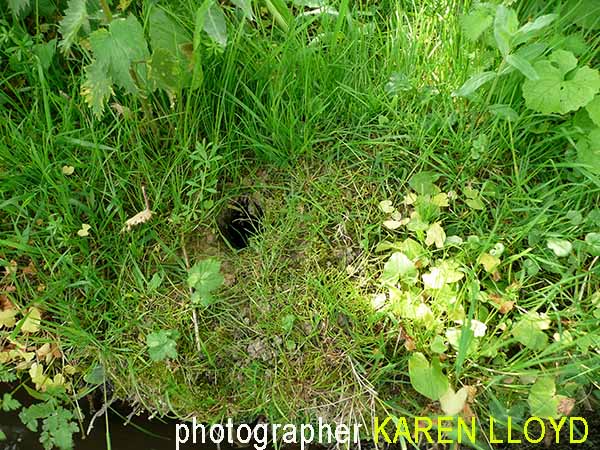
King Fishers
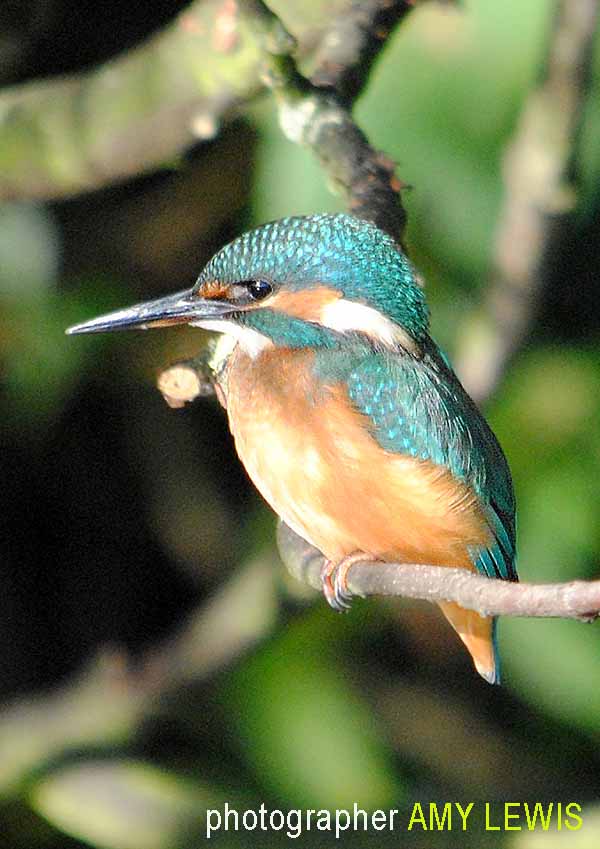

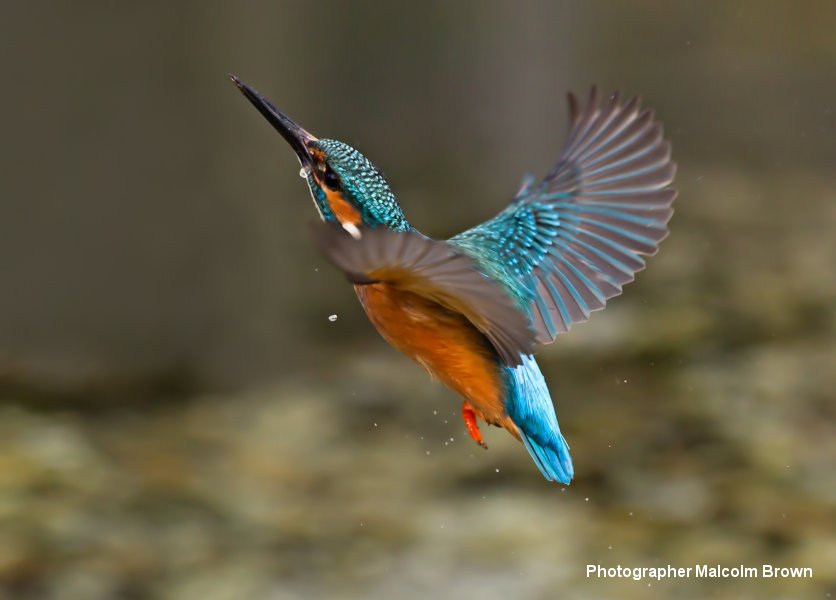
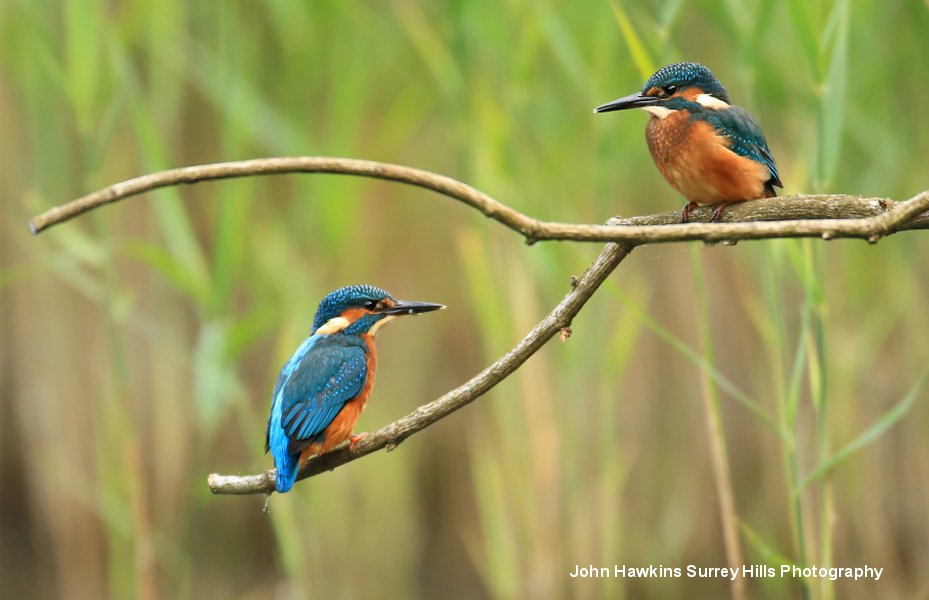
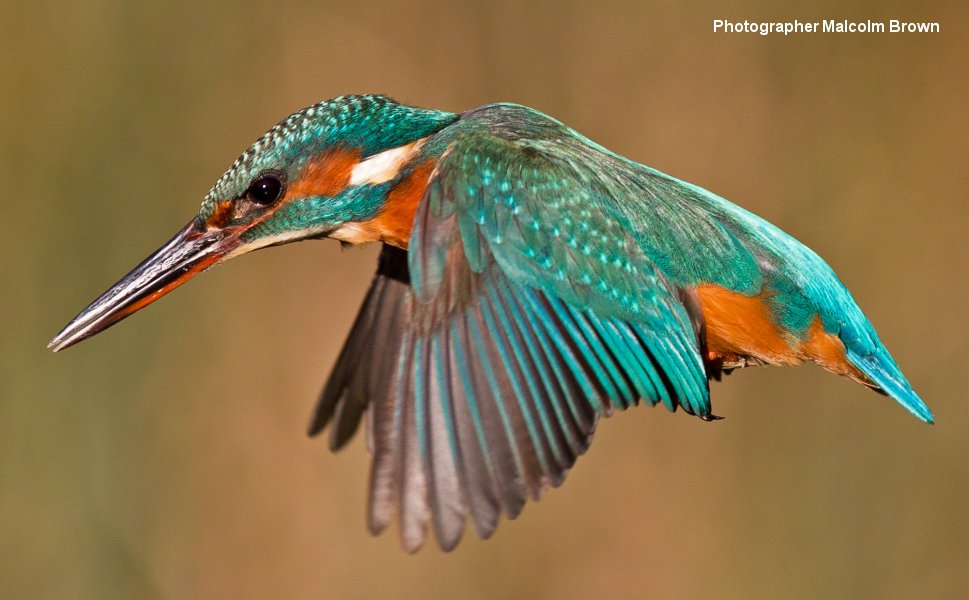
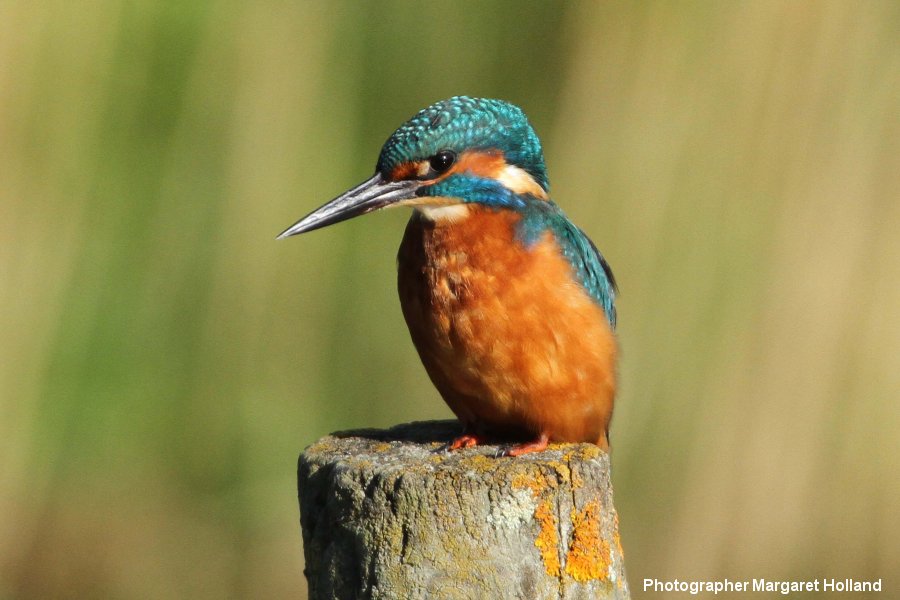
Sand Martins
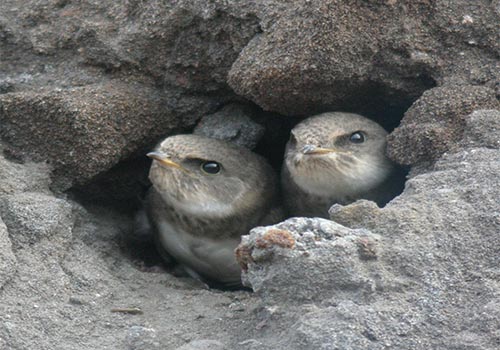
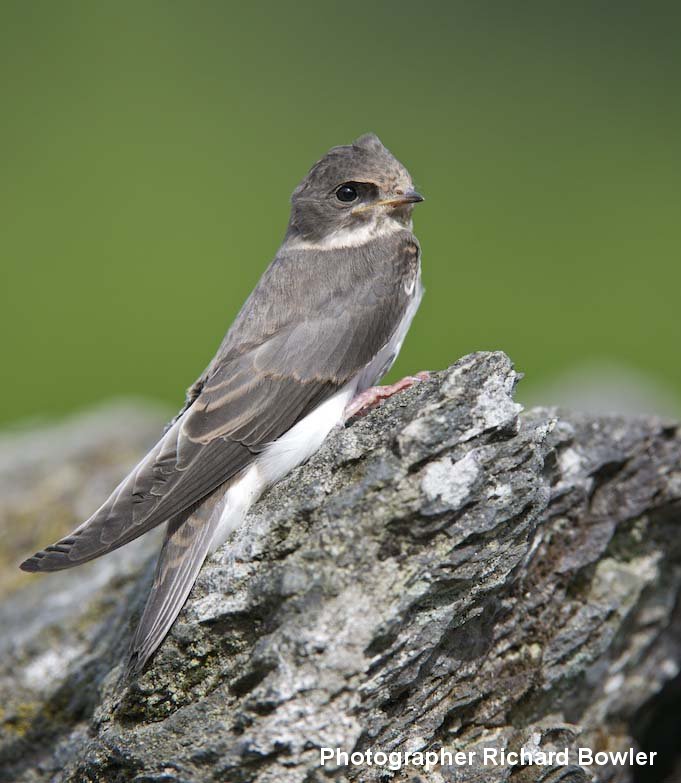
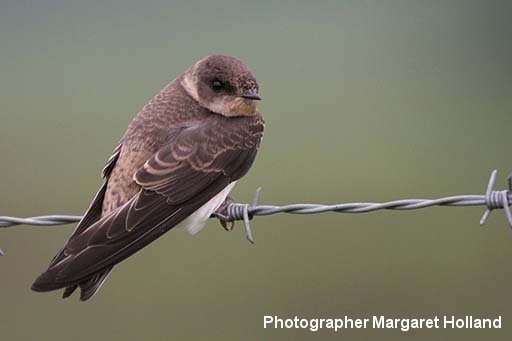
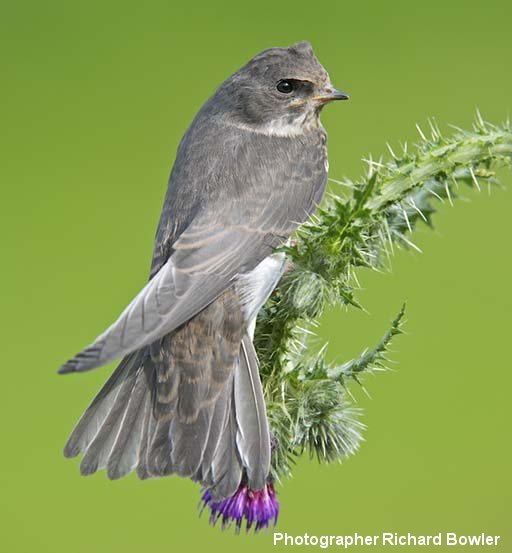
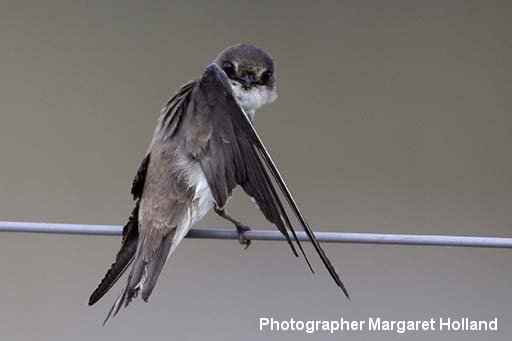
Herons
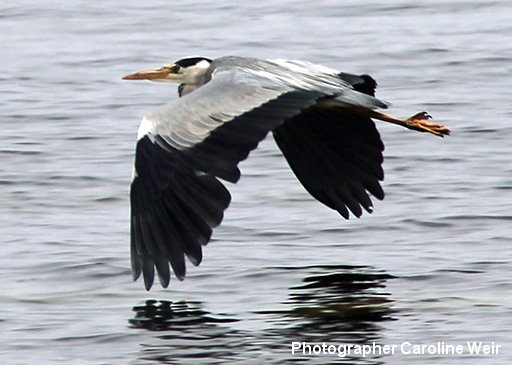
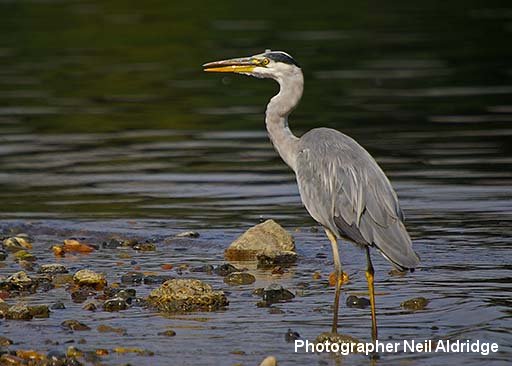
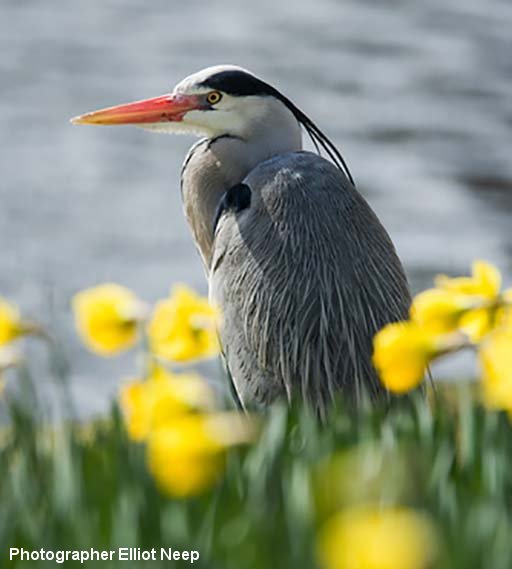
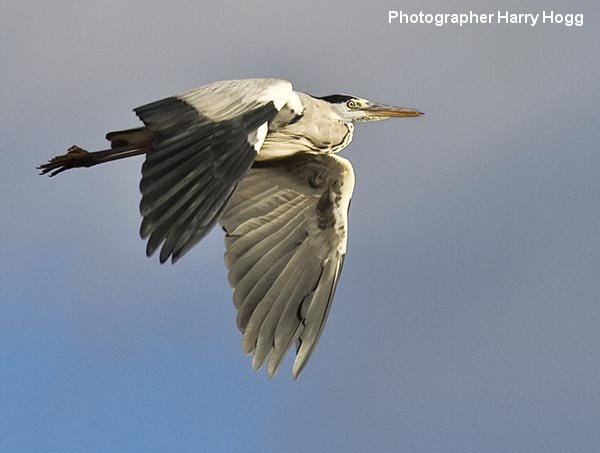
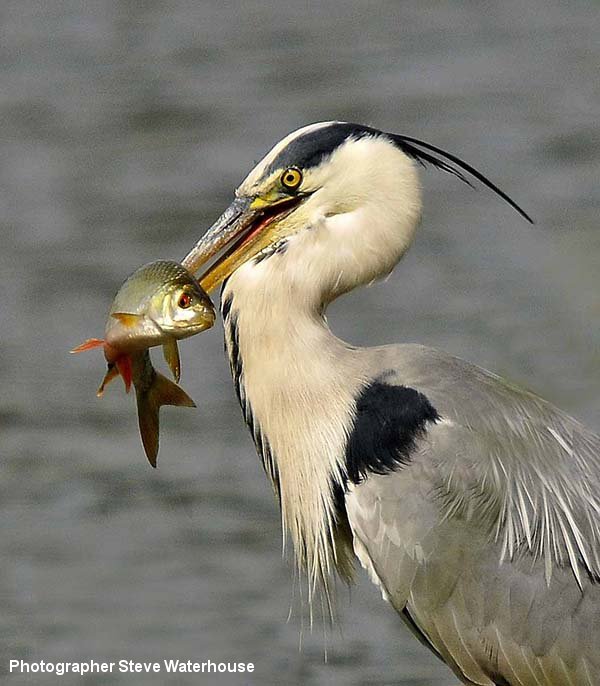
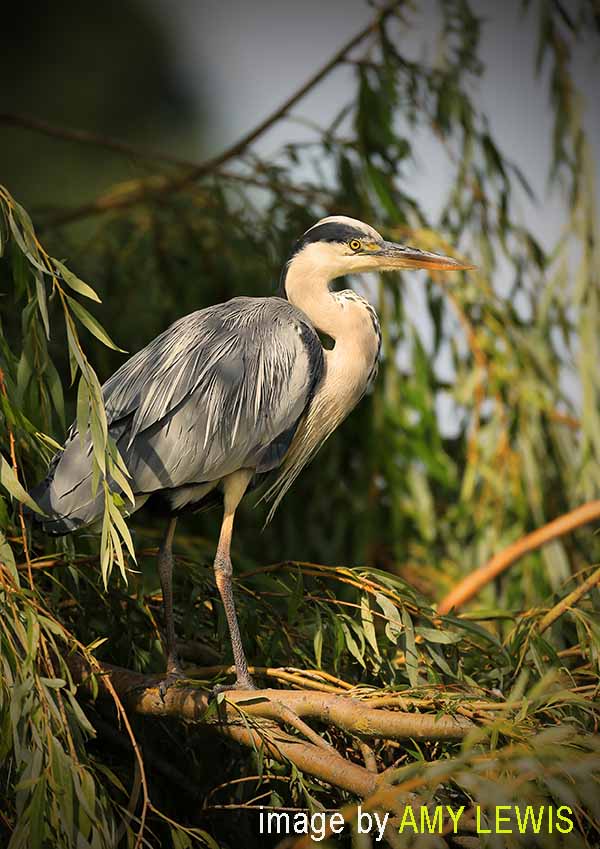
This app is designed for you the user to collect vital habitat imformation on a variety of species living amongst our communities here in the North East. It allows the Tees Valley Wildlife Trust to gain and promote a picture of the valuable wildlife living along Teesside's urban waterways. All your imput, be it a footprint of a water vole or an actual sighting is vital to us, so send us all you have and become a vital member of our cause.
 Water Voles were once a familiar sight across lowland sites in Britain, with many canals, rivers and lakes housing the water vole. However since a nationwide survey was taken out during 1990 to assess the numbers of water voles present in our lowland sites, there has been a very sharp decline in numbers. Since then the water vole has been given a priority status in the Tees Valley Biodiversity Action Plan.
Water Voles were once a familiar sight across lowland sites in Britain, with many canals, rivers and lakes housing the water vole. However since a nationwide survey was taken out during 1990 to assess the numbers of water voles present in our lowland sites, there has been a very sharp decline in numbers. Since then the water vole has been given a priority status in the Tees Valley Biodiversity Action Plan.
How to identify
Much bigger than other voles. Distinguished from the larger Brown Rat by its chestnut-brown fur, rounded nose, small, rounded ears that do not protrude from the fur and furry tail.
Where to find it
Widespread, found everywhere except for the Channel Island, the Isles of Scilly, Scottish islands, Northern Ireland and the Isle of Man.
Lives along rivers, streams and ditches, around ponds and lakes and in marshes, reedbeds and areas of wet moorland. Look out for the signs of Water Voles such as burrows in the riverbank, often with a nibbled 'lawn' of grass around the entrance.
We are interested in all water courses around the Tees Valley, so feel free to survey any other water course of your choosing as long as it fits within the brief listed in our field pack.
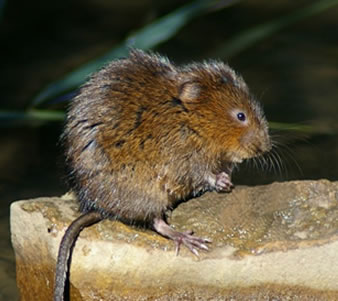
(Arvicola amphibius)
 A famously colourful bird of rivers and streams, the kingfisher can be spotted sitting quietly on low-hanging branches over the water, suddenly diving in to catch a small fish. Kingfishers breed near lowland watercourses and lakes which have suitable banks for burrowing nests and shallow edges for feeding. There are over 90 species of Kingfisher which can be found all over the world. Although they are less common in the northern parts of the United Kingdom, they are more widespread in central and southern England. They have been known to visit garden ponds if they are of an appropriate size.
A famously colourful bird of rivers and streams, the kingfisher can be spotted sitting quietly on low-hanging branches over the water, suddenly diving in to catch a small fish. Kingfishers breed near lowland watercourses and lakes which have suitable banks for burrowing nests and shallow edges for feeding. There are over 90 species of Kingfisher which can be found all over the world. Although they are less common in the northern parts of the United Kingdom, they are more widespread in central and southern England. They have been known to visit garden ponds if they are of an appropriate size.
The striking mix of its bright-blue back and metallic copper breast make the kingfisher unmistakable. Male kingfishers have an entirely black bill, females have an orangey-red patch at the base.
Kingfisher live in both wetland and woodland habitats and will usually nest in tunnels in stone-free banks of slow moving streams. The tunnels, which are normally between 30-90 cm (12-36") long, are excavated by both the male and female and are usually about 0.5m from the top of the bank.
Widespread, absent from northern Scotland.

(Alcedines)
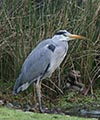 A tall, often solitary bird, the Grey Heron is one of Britain's most familiar birds. It feeds mainly on fish, but also eats small mammals (even Moles!), waterbirds (sometimes up to the size of a Coot) and Crayfish. It is often seen standing stock-still in the shallow waters of lakes, rivers and ponds, patiently hunting fish flitting about below the surface. It will visit gardens with ornamental ponds, looking for an easy meal.
A tall, often solitary bird, the Grey Heron is one of Britain's most familiar birds. It feeds mainly on fish, but also eats small mammals (even Moles!), waterbirds (sometimes up to the size of a Coot) and Crayfish. It is often seen standing stock-still in the shallow waters of lakes, rivers and ponds, patiently hunting fish flitting about below the surface. It will visit gardens with ornamental ponds, looking for an easy meal.
Easily recognised, grey-backed bird, with long legs, a long, white neck, bright yellow beak and a black eye-stripe which continues as long drooping feathers down the neck. Flies with its long legs stretched out but its neck pulled in.
Found throughout the countryside, wherever there are fish to eat.

(Ardeidae)
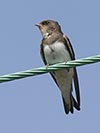 Sand martins are common summer visitors, arriving in March and leaving in October. They nest in colonies, digging burrows in steep, sandy cliffs, usually around water, so are commonly found on wetland sites. The tunnels they bore can be up to a metre in length. At a chamber at the end of the burrow, four or five eggs are laid on collected straw and feathers. Sand martins are sociable birds and will nest together in summer and gather to roost in large numbers in autumn; eventually they migrate to Africa to spend the winter.
Sand martins are common summer visitors, arriving in March and leaving in October. They nest in colonies, digging burrows in steep, sandy cliffs, usually around water, so are commonly found on wetland sites. The tunnels they bore can be up to a metre in length. At a chamber at the end of the burrow, four or five eggs are laid on collected straw and feathers. Sand martins are sociable birds and will nest together in summer and gather to roost in large numbers in autumn; eventually they migrate to Africa to spend the winter.
Our smallest swallow, the sand martin is brown above and white below with a brown breast-band and short, forked tail.
Sand Martins nest in colonies, burrowing into banks, quarries and cliffs, and usually near water. Both sexes construct the nest burrow and line the nest chamber with plant material and feathers. The eggs are white, smooth and glossy, and about 18 mm by 13 mm. Both parents take turns incubating the eggs and feeding the young.
Swallows are widespread througout the UK.
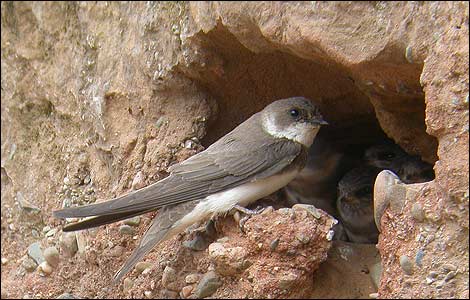
(Riparia riparia)
Five simple steps for you to upload to our database.
Make sure you have good reception, if you do not have good reception the image may not load into the form for you, if so try again until it loads for you.
Tip: You may want to load your image first.
Your co-ordinates will be entered automatically.
From the menu enter your species name for your sighting
Enter some notes as necessary.
If you need to take a photo or use one from your library browse for photo
Once you have photo chosen, click the submit button
Our current Water Vole surveys are rather old and desperately need updating. In helping with the surveys we can not only draw a bigger picture of Water Vole populations but we can assess the state of lowland sites and how we manage them. From there we can seek patterns between the state of our watercourses and varying water vole populations to see why water voles have disappeared from some areas whilst staying in others.
Our survey will comprise of several elements; firstly we will look for the water voles themselves, signs of activity such as lawns, burrows and latrines. Secondly we’ll look at the type of area they are inhabiting, such as bordering land use, types of water course and bankside vegetation. Lastly we’ll be looking at aspects which could potentially affect water vole populations, such as pollution and invasive species, both in the water and on the bankside.